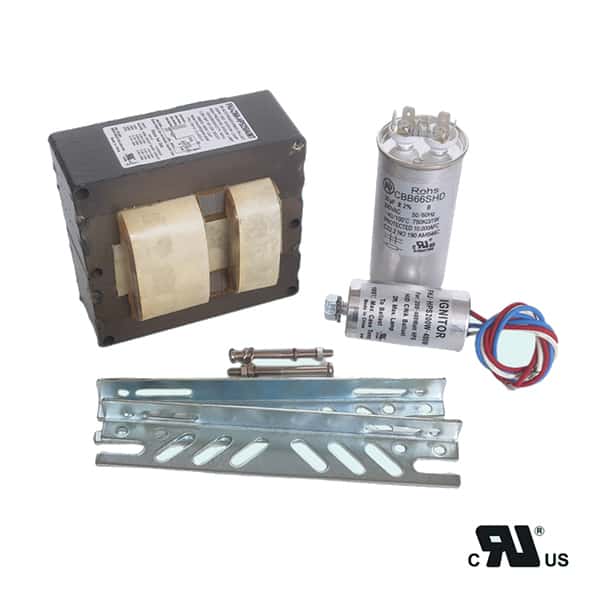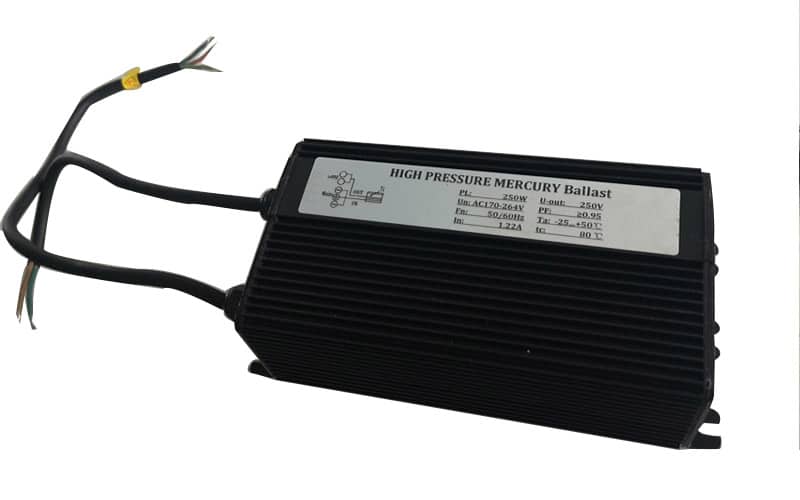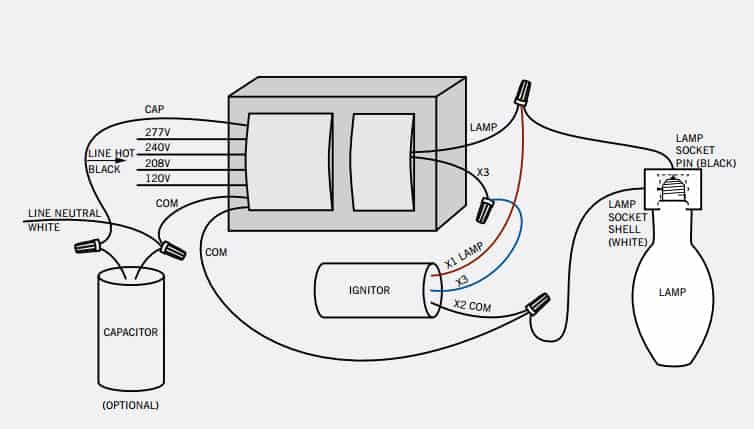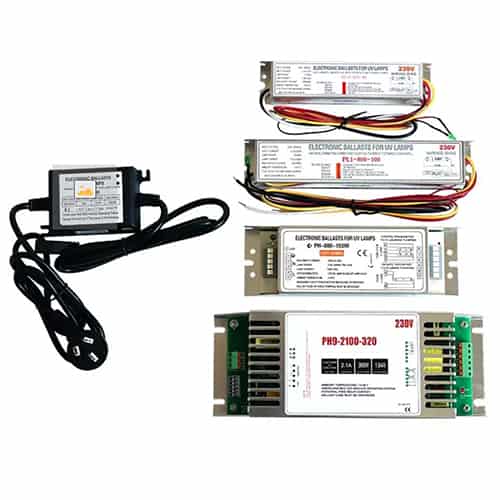A bad ballast can cause your lights to flicker, be slow to start or not start at all. This can interrupt the operation of your business. Knowing the symptoms of a bad ballast can prevent you from having trouble.
The symptoms of a bad ballast include flickering lights, dim output, weird noises, and slow start-up. You can check for voltage problems and physical damage to see if you need to replace it.
Now, let’s look at how to troubleshoot your ballast to see if it needs to be fixed or replaced.
What is a Ballast and Why is it Important?
A light ballast is a critical component in lighting systems, responsible for regulating the current flowing to the bulb. It ensures that the bulb receives the correct amount of electricity to function efficiently. Without a ballast, the bulb would either burn out too quickly or fail to light up entirely.
Ballasts are essential for maintaining the lifespan and performance of bulbs. They control the voltage and current, especially during start-up, to ensure stable light output. If the ballast is malfunctioning, the bulb won’t receive the correct power, leading to irregularities like flickering or dim lighting. Therefore, it’s important to identify ballast issues early to avoid greater damage to your lighting system.
Signs That Your Ballast is Failing
Flickering Lights: Flickering is one of the most common and noticeable signs of a failing ballast. When the ballast can no longer regulate the electrical current properly, the light will flicker or appear unstable. This happens because the ballast isn’t supplying a consistent voltage to the lamp. While flickering can also result from voltage issues or poor wiring, a bad ballast is often the culprit. If the flickering persists even after checking the wiring, it’s time to inspect or replace the ballast.
Dim or Low Light Output: A failing ballast might deliver insufficient current to the bulb, resulting in dim lighting. If you notice that your lights are not as bright as they used to be, especially in older magnetic ballasts, it could mean the ballast is no longer functioning at full capacity. Dimming can be particularly problematic in areas requiring adequate lighting, like warehouses or commercial spaces, so addressing this issue quickly is crucial.
How to Test Your Ballast
Check for Voltage Issues: One of the first steps in determining if your ballast is bad is to check the voltage using a multimeter. Start by turning off the power and carefully testing the voltage across the ballast terminals. If the voltage is too low, inconsistent, or non-existent, it’s a strong indicator that the ballast is faulty. Ensure that the power source matches the ballast’s rating (e.g., 120V or 277V) to avoid overloading or underpowering the unit.
Inspect the Physical Condition: Another way to identify a faulty ballast is to look for physical damage. Burn marks, discoloration, or a burnt smell coming from the ballast housing can indicate overheating or internal damage. Corrosion or rust on the casing is another red flag, particularly in older installations or environments with high humidity. Any visible signs of wear should prompt immediate replacement, as continued use of a damaged ballast can be a safety hazard.
Common Causes of Ballast Failure
Overheating: Overheating is one of the most common causes of ballast failure. Ballasts that are installed in hot environments, such as poorly ventilated areas or near heat-generating machinery, are more prone to overheating. Excessive heat can cause the internal components, including capacitors and coils, to degrade over time. To prevent overheating, make sure the ballast is installed in a well-ventilated location and that the ambient temperature does not exceed the manufacturer’s recommended limits.
Improper Installation or Wiring: Ballast failure can also result from improper installation or incorrect wiring. For example, if the ballast is not grounded correctly, it may not function properly, leading to malfunctions or even dangerous situations like short circuits. Using mismatched voltages or incorrect wire gauges can also overload the ballast, causing it to fail prematurely. Always ensure the ballast is wired and grounded according to the manufacturer’s specifications, and have a professional electrician handle the installation if necessary.
Repair or Replace? What to Do if the Ballast is Bad
When to Repair: In some cases, a ballast can be repaired rather than replaced, especially if the problem is minor. For example, if loose connections are the issue, you might be able to fix it by soldering the wires to ensure proper contact. This is often the case in older ballasts where the connections may become loose over time. Replacing damaged wires or ensuring the ballast has a proper ground connection may also extend the life of the unit.
When to Replace: If the ballast has significant internal damage—such as faulty capacitors or a burned-out core—replacement is often the best option. Upgrading to an electronic ballast can improve efficiency, reduce energy consumption, and extend the life of your lighting system. Electronic ballasts, unlike their magnetic counterparts, generate less heat and operate more quietly, making them an excellent choice for environments where noise or temperature is a concern. Additionally, they are more energy-efficient and provide a more consistent light output, which can reduce maintenance costs in the long run.
Final Words:
By recognizing the early signs of lamp ballast failure and knowing how to test for voltage problems or see if there’s any physical damage, you can prevent larger problems with your lighting system. Fixing or replacing a bad ballast will keep your lights shining well and your lamps burning for a long time.




